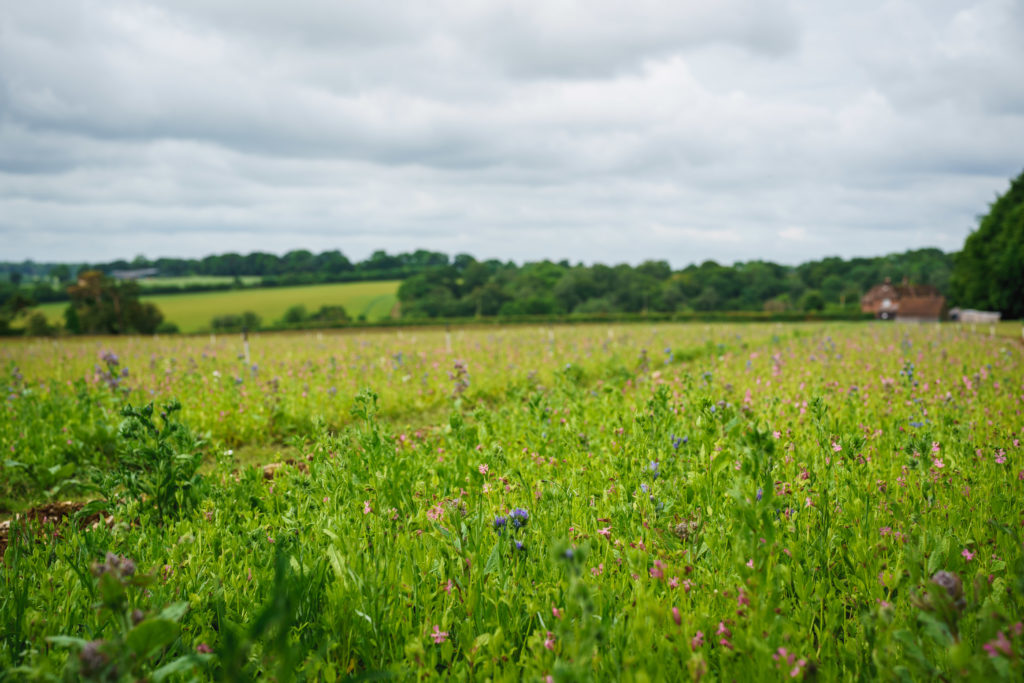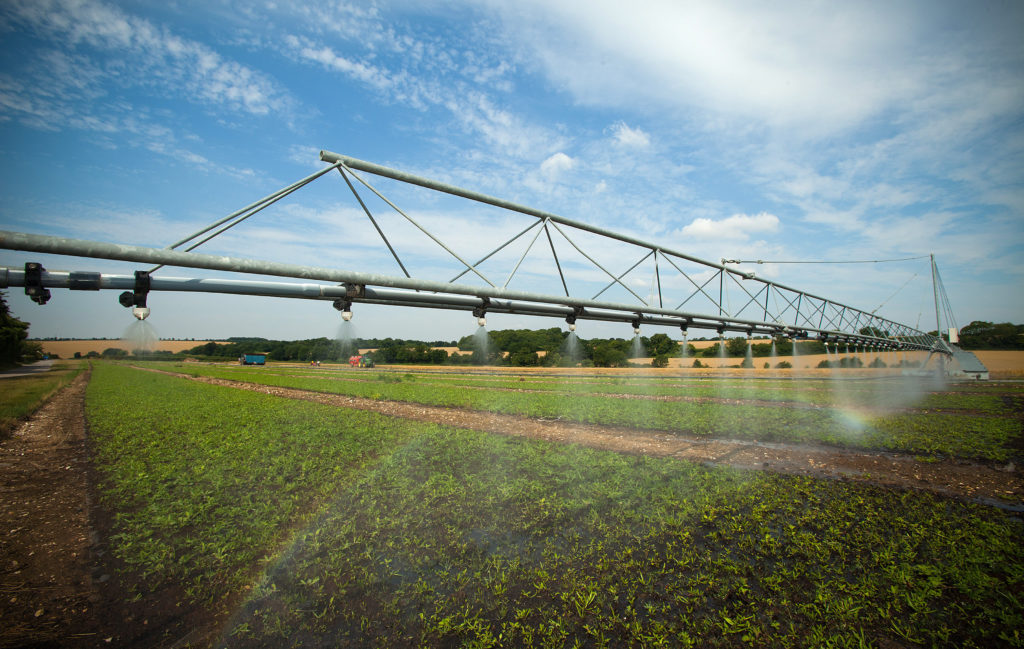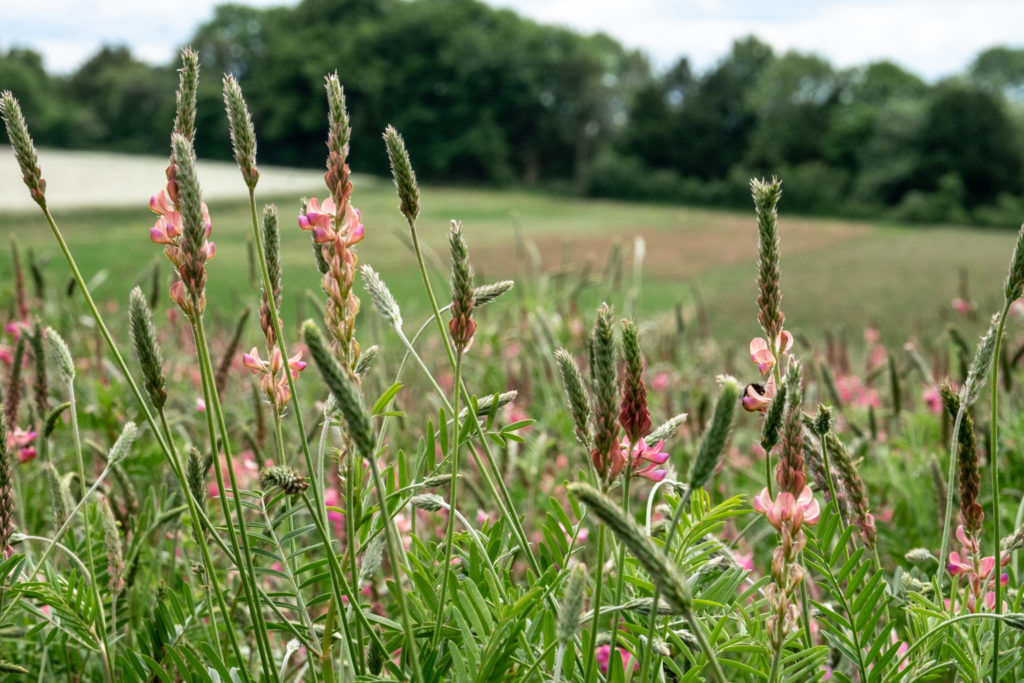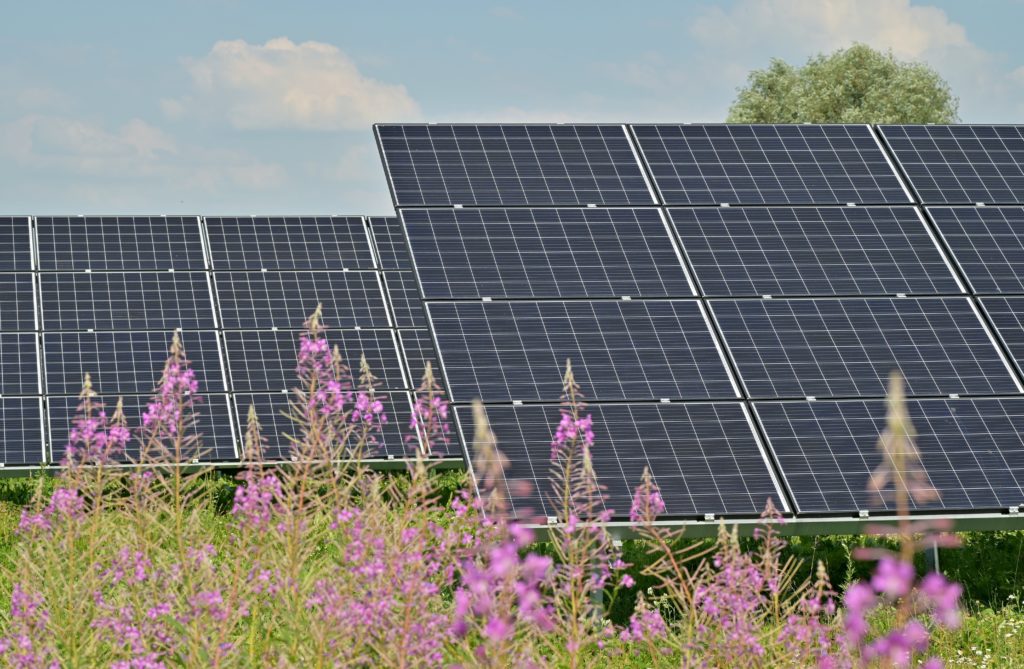This guest blog is from Amanda Winstead. Amanda is a writer from the Portland area with a background in communications and a passion for telling stories. If you want to follow her writing journey, or even just say hi you can find her on Twitter.
It probably hasn’t escaped your notice that we’re living at a time in which there is a significant focus on the health of our natural environments. We all rely on the resources our planet provides, including the wildflowers that attract pollinators, which in turn, enable the successful cultivation of crops. How we continue to engage with these resources can mean the difference between whether we thrive or have to struggle for survival.
As such, there is a range of potential solutions being explored at the moment. Among the key examples of this are smart agriculture and permaculture. There is little argument that both of these approaches can make a positive difference. But do their differences mean that they can’t exist in harmony with one another?

Let’s explore whether smart agriculture and permaculture practices are at odds, and what you should know about utilising either of these strategies.
What Are the Practical Differences?
Before we can establish whether smart agriculture and permaculture are at odds, it’s important to understand them a little better. While both are considered to be vital for environmental sustainability, many of the methods they use to achieve this are different. For the most part, the places they diverge tend to be practical. This is particularly important to understand if you plan on utilising either approach to support wildflower growth or rewild community land.
As its name suggests, smart agriculture tends to rely heavily on advanced technology in its methods. Sensors on devices, powered by the agricultural internet of things (IoT), collect data on elements like yields, soil conditions, and irrigation levels. Connected software, often driven by artificial intelligence (AI), then analysis of this data alongside external data sources, such as weather and climate information. These software platforms then make recommendations to farmers on efficient and climate-friendly actions they should take.
Permaculture, on the other hand, is about natural self-sufficiency. In essence, planting wildflowers in this way is geared toward mimicking a holistically beneficial ecosystem, like those found in nature.
What Are the Benefits?
The technology utilized in smart agriculture methods can have a positive impact on food inequality and minimize waste. When planting wildflowers or other crops, sensors utilized in smart precision farming methods can automatically ascertain when moisture levels are low. This, in turn, can trigger automatic irrigation tools, minimizing excessive use of energy and water resources. Many of the benefits of smart agriculture revolve around the technology’s ability to make practices more efficient. As a result, there is a direct reduction of emissions that contribute to climate change.

Permaculture also has the benefit of reducing wastage and food inequality. However, it does so by protecting natural resources. Indeed, its ability to reduce energy consumption is grounded in the idea that self-sustaining ecosystems require less work and fewer external resources. Another key benefit of this approach is that it promotes natural biodiversity, which can be especially vital in rewilding projects. Unfortunately, this is an area that smart agriculture methods can overlook in their less organic approach.
Do Their Aims Clash?
The methods and benefits of smart agriculture and permaculture have some clear differences. This could suggest that they are, in some ways, at odds with one another. However, it’s also important to establish whether their intentions and goals misalign. After all, this can be a contributing factor in deciding which is most effective for your wildflower growth or rewilding project.
There are certainly some points of conflict in these aims. Smart agriculture has a largely narrow and targeted gauge for success. To make the best use of the technology, farmers and growers need to have specific outcomes in mind. On the other hand, permaculture is often more geared toward the ongoing development of the ecosystem. Its natural methods encourage evolving outcomes based on the changing needs of the system it supports.
That said, their ultimate goals are broadly similar. They both seek to reduce negative impacts on the wider environment. Many of the aims of each approach revolve around ensuring communities’ agricultural needs are served while mitigating the overuse of finite resources.

Can the Methods Compliment One Another?
While considering whether these methods are at odds with one another, it’s also important to understand how the opposite can be true. While there are areas of divergence, could you implement both strategies in ways that see them complement one another? If so, it could ensure your projects maximize the positive outcomes for your community.
The simple answer is, yes, a combination of these approaches could be advantageous. Indeed, the World Economic Forum has already begun exploring how tech-driven permaculture can address the damage of modern farming. That said, the process needs to be adopted mindfully.
For instance, if you want to boost the natural biodiversity of wildflowers, a permaculture strategy could influence the outcome along with data collection and analysis software. A tech platform could assess your crop and identify local species that could be introduced to fill in any gaps for key pollinators in your area. But, to keep with permaculture’s organic ideals, the sensors, and devices utilized to collect key data must be non-invasive. Wherever possible, they should be solar-powered and be placed in areas that don’t disrupt local wildlife.

Conclusion
Permaculture and smart agriculture are certainly different. Smart agriculture utilizes artificial tools to achieve set environmental and growth goals. Permaculture seeks to cultivate self-sustaining ecosystems through natural means. But that doesn’t mean they’re necessarily at odds. When approached mindfully, there is the potential to utilize both approaches to maximize the benefits of each. Whether you’re spearheading a community wildflower project or engaging in independent farming, it’s worth exploring how you can get the best of both worlds.